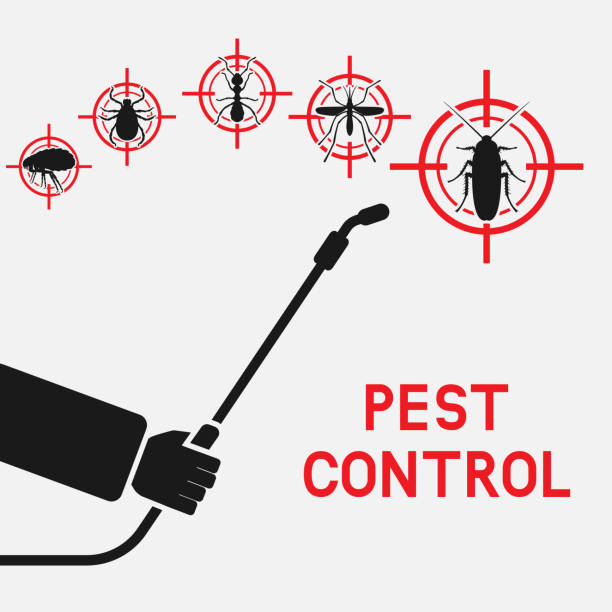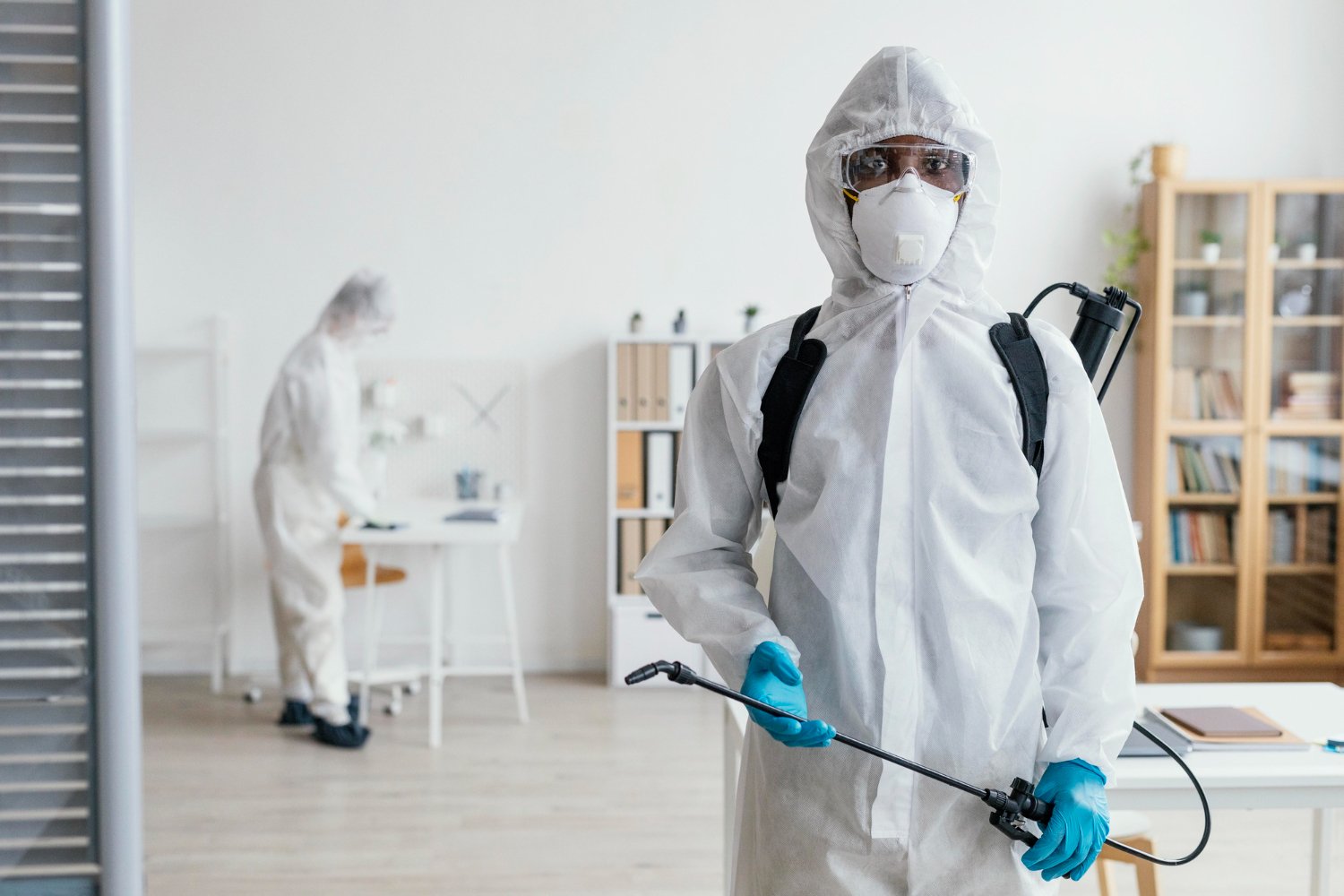Exploring Infestation and Treatment Techniques worldwide of Insect Control
The landscape of pest control incorporates a myriad of obstacles, particularly as problems of usual home parasites proceed to evolve. Recognizing the actions and reproductive patterns of these nuisances is critical for creating efficient therapy methods. By incorporating safety nets with sophisticated monitoring techniques, such as Integrated Insect Administration (IPM), house owners can much better guard their settings. The performance of these techniques may vary significantly based on particular conditions. What hidden variables add to the success or failure of these methods in different settings?

Usual Home Pests
When it involves handling our home, recognizing usual family pests is critical. These bugs not just disrupt our comfort however can also present health dangers and damages home. One of the most prevalent house bugs include ants, cockroaches, rats, termites, and bed insects.
Ants, frequently seen foraging in cooking areas, can pollute food and develop big nests. Rodents, consisting of computer mice and rats, can create structural damages and bring illness like hantavirus and salmonella.
Acknowledging the signs of these parasites, such as droppings, nests, or bite marks, is important for early treatment (Pest Control Lockhart). Proper sanitation practices, sealing access points, and keeping a clutter-free environment work preventative procedures. By recognizing these common household insects and comprehending their habits, property owners can take positive actions to reduce infestations, ensuring a much healthier living environment
Understanding Insect Infestations
Insect invasions can escalate quickly, transforming a small aggravation right into a significant trouble if not attended to quickly. Typical variables contributing to problems include inadequate hygiene, structural susceptabilities, and seasonal modifications that drive pests indoors.
Determining the kind of insect is crucial, as various types exhibit different habits and reproductive prices. For circumstances, rats may establish nests in concealed locations while bugs like roaches thrive in damp settings. Early discovery typically rests on recognizing indications such as droppings, munch marks, or uncommon audios, which can indicate an issue prior to it comes to be severe.
Cozy, humid climates can promote the quick development of parasite populaces, while modifications in landscaping or building and construction can unintentionally create helpful atmospheres. An enlightened approach to recognizing these characteristics lays the foundation for reliable bug monitoring techniques in the future.
Treatment Methods and Methods
Reliable therapy methods and strategies are important for mitigating insect problems and restoring a secure environment. A diverse technique is commonly best, incorporating chemical, biological, and mechanical approaches customized to the specific parasite and the severity of the invasion.
Chemical therapies include making use of insecticides and herbicides, which can successfully get rid of pests. Correct application and adherence to safety guidelines are essential to lessen dangers to human beings and non-target organisms. Integrated Bug Administration (IPM) urges the wise usage of chemicals as a last resort, counting instead on surveillance and threshold degrees to determine intervention requirements.
Organic control approaches include introducing all-natural killers or bloodsuckers to minimize pest populaces. This technique is increasingly preferred, specifically in farming settings, Full Report as it promotes ecological sustainability.
Mechanical approaches, such as catches and barriers, provide instant remedy for bugs without introducing chemicals. Alternatives include sticky catches for bugs or physical barriers for rodents.
Ultimately, the selection of treatment method must consider the specific parasite, the setting, and potential effect on human wellness and ecological communities. A balanced mix of these techniques can properly handle invasions while advertising long-lasting insect control remedies.
Preventive Measures for Residence
Proactively attending to bug concerns prior to they escalate is crucial for preserving a healthy and balanced home environment (Pest Control Lockhart). Applying reliable preventive steps can dramatically lower the chance of infestations, eventually securing both your home and well-being

Correct landscape design likewise plays a critical duty in prevention. Keeping bushes and trees cut away from the home minimizes the possibilities of bugs locating their means inside your home. Furthermore, guarantee that drainage systems are functioning effectively to stop standing water, which can reel in insects and other bugs.
Lastly, routine examinations are suggested. On a regular basis examining for signs of parasite task permits for early intervention. By embracing these preventative actions, house owners can create click site an atmosphere that is less welcoming to pests, therefore boosting their general quality of life and reducing the need for extensive bug control interventions.
Commercial Pest Control Methods
A comprehensive method to business bug control is necessary for services aiming to preserve a safe and hygienic environment. Reliable strategies involve a mix of normal inspections, staff member training, and the application of Integrated Parasite Monitoring (IPM) practices.
Routine inspections make it possible for very early discovery of insect activity, enabling for prompt intervention. Services ought to develop a routine timetable for these evaluations, concentrating on high-risk areas such as kitchens, storage spaces, and waste disposal websites. Employee training is just as essential; staff needs to be educated on the indicators of pest invasions and the significance of reporting them immediately.
Carrying out IPM practices helps minimize pest issues sustainably. This consists of habitat alteration, such as sealing access points and minimizing mess, as well as using natural deterrents prior to resorting to chemical therapies.

In addition, working together with an accredited pest control supplier ensures accessibility to professional understanding and innovative therapy choices. This collaboration can lead to tailored parasite control plans customized to the specific requirements of business, minimizing threats and improving general efficiency. Inevitably, an aggressive and informed approach promotes a pest-free atmosphere, securing both public health and wellness and service track record.
Verdict
In final thought, reliable bug control requires a comprehensive understanding of typical house bugs and their habits, coupled with targeted therapy approaches. Applying precautionary procedures along with therapy strategies such as Integrated Pest Administration home and organic control improves the ability to mitigate problems.